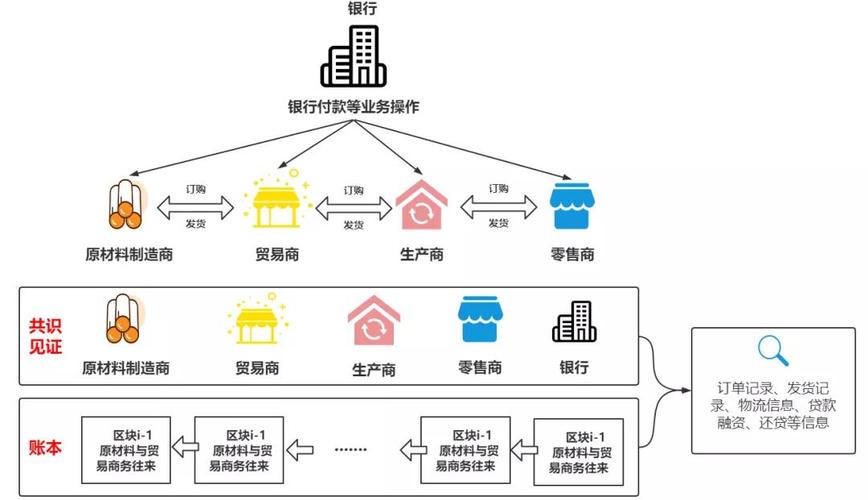Building a Blockchain Project with Python
Building a blockchain project with Python can be an exciting and rewarding endeavor. Blockchain technology, with its decentralized and immutable ledger, has applications across various industries, from finance to supply chain management. In this guide, we'll explore the key components and steps involved in creating a blockchain project using Python.
Before diving into the implementation, it's essential to have a clear understanding of what a blockchain is and how it works.
A blockchain is a distributed ledger that records transactions across multiple nodes in a secure and immutable way. Each block in the chain contains a list of transactions, a timestamp, and a reference to the previous block, forming a chronological chain of blocks.
Key concepts:
- Decentralization: No single entity controls the blockchain. It is maintained by a network of nodes.
- Immutability: Once a block is added to the chain, it cannot be altered or deleted.
- Consensus: Nodes in the network agree on the validity of transactions through consensus mechanisms like Proof of Work (PoW) or Proof of Stake (PoS).
To begin our Python blockchain project, we need to set up the development environment:
- Install Python: Make sure Python is installed on your system. You can download it from the official Python website.
- Choose a framework: There are several Python frameworks available for building blockchains, such as dvf/blockchain or satwikkansal/python_blockchain_app. Choose one that fits your requirements.
- Install dependencies: Depending on the chosen framework, install any necessary dependencies using pip, Python's package manager.
Now, let's dive into the implementation of our blockchain:
- Block: Create a Python class to represent a block in the blockchain. Each block should contain data (transactions), a timestamp, an index, and a hash of the previous block.
- Blockchain: Implement a class to manage the blockchain. This class should have methods to add new blocks, validate the chain, and handle consensus mechanisms.
- Consensus: Depending on your chosen consensus mechanism (PoW, PoS, etc.), implement the necessary logic to achieve consensus among nodes in the network.

A blockchain is typically maintained by a network of nodes communicating with each other. Implement a peertopeer network to allow nodes to broadcast transactions, share blocks, and synchronize their copies of the blockchain.
Finally, create a simple application to interact with your blockchain:
- Wallet: Implement a simple wallet system to generate public/private key pairs and sign transactions.
- Transaction: Allow users to create and broadcast transactions to the network.
- Node: Run multiple instances of your blockchain node and observe how they communicate with each other.
Once your blockchain project is implemented, it's crucial to thoroughly test it for correctness, security, and performance. Test various scenarios, including node failures, network partitions, and malicious attacks.
After testing, deploy your blockchain project in a production environment if needed. Consider factors like scalability, security, and maintenance when deploying your blockchain application.
Building a blockchain project with Python is a challenging yet rewarding journey. By understanding the core principles of blockchain technology and following best practices in development, you can create robust and secure blockchain applications for various use cases.
Remember to stay updated with the latest developments in blockchain technology and continuously improve your project to adapt to changing requirements and challenges.











